賃貸物件に住んでいると、「床の色が気に入らない」「フローリングが傷ついてしまった」なんて悩みはありませんか?実は、賃貸でも床をイメージチェンジしたり、傷んだ床を直したりする方法があります。
ただ、勝手に床を変えたり、修理したりすると、退去時にトラブルになる可能性があるのも事実です。そこで本記事では、賃貸物件での床のDIYや修理について、押さえておくべきポイントをご紹介します。
クッションフロアやフロアタイルを使った簡単DIYから、フローリングの張り替え費用の負担割合まで、幅広くカバー。自分好みの部屋作りを楽しみつつ、賢く対処する方法を一緒に見ていきましょう。
床のことで悩んでいる方はぜひ最後まで記事をご覧ください。
床の色がしっくりこない理由
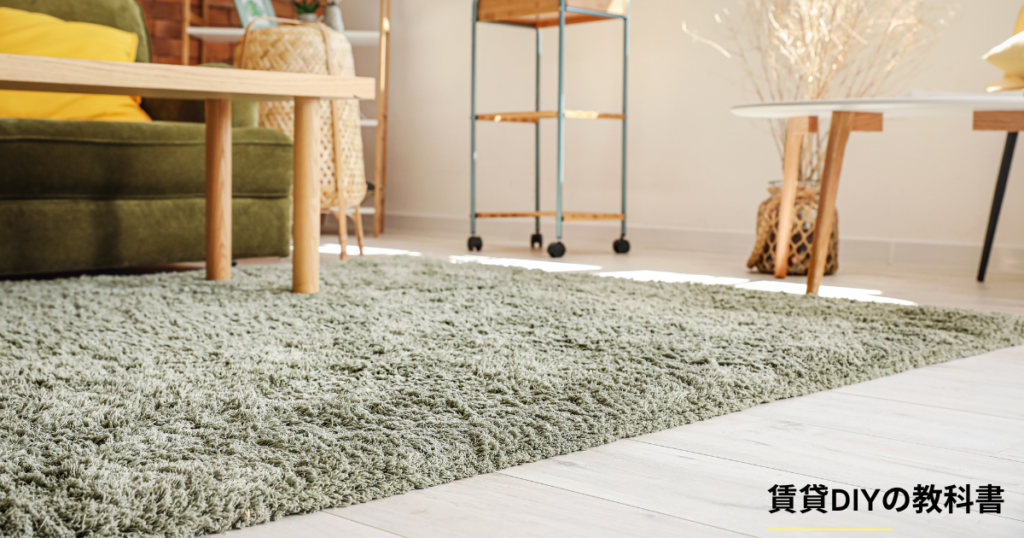
「なんだか床の色が部屋の雰囲気に合わないな…」って思ったことありませんか? そういう違和感の主な原因は、大きく分けて2つあるんです。
まず1つ目は、家具との相性が良くないということ。それから2つ目は、目指したい部屋の雰囲気に合っていないということです。
床って、部屋全体の基礎になる場所なんです。だから、家具や部屋の雰囲気と合わないと、部屋全体がバラバラに見えちゃうんですよね。特に気をつけたいのが、床と同じ素材の家具です。
賃貸物件で床の色が気に入らないときの対策
賃貸だと床を張り替えるわけにもいきませんよね。そこで、賃貸の床の色が気に入らないときの対処法を2つご紹介します。
ラグを敷く
まず試してほしいのが、ラグを敷くことです。ラグを敷くと、見える床の面積が小さくなって、気になる床の色が目立たなくなるんです。
それに、家具と床の間にラグを敷くと、色の相性が悪くても、あまり気にならなくなる効果も期待できます。
ラグの色選びのコツは、家具の色に合わせることです。例えば、ベージュのテーブルと濃い茶色の床の組み合わせが気になる場合は、ベージュのラグを選んでみてください。こうすると、床に家具と同じ色を取り入れることになって、家具が浮いて見えるのを防げます。
ふわふわしたシャギーラグなど、触り心地のいいラグを選ぶと、良いアクセントにもなります。
床をDIYする
もう一つの方法は、思い切って床をDIYしてしまうことです。
最近では、賃貸でも使えるDIY用の床材がたくさん売られているんです。フロアタイルやクッションフロアなど、DIY初心者でも扱いやすい床材もあるので、チャレンジしてみる価値はあると思います。
賃貸物件でDIYに使える床材紹介
賃貸の床をDIYで変えたいときに使える床材、主に2つあるんです。クッションフロアとフロアタイルですね。それぞれの特徴を見ていきましょう。
クッションフロア
クッションフロアって、木目とかの柄がプリントされたシート状の床材なんです。部屋の大きさに合わせてカットして敷いていきます。水に強く。水まわりでも安心して使えます。
注意点
- 傷つきやすい、重い家具を置くと凹む
- 経年劣化しやすい、時間が経つと床から浮いてきちゃうことも
- 湿気で元の床が傷む可能性がある、カビとか腐食に注意が必要で
おしゃれな木目デザインのクッションフロアもあって、インテリアに合わせやすいとされています。より詳細な情報を知りたい方は下記記事をご覧ください。
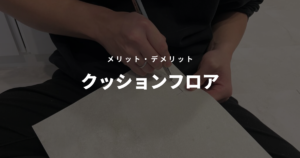
フロアタイル
フロアタイルは、木や石の質感を再現したタイル状の床材です。クッションフロアより小さい一枚一枚を敷き詰めて使います。非常に丈夫で、家具の跡がつきにくいです。
注意点
- 継ぎ目ができる、そこからホコリが入ることもあるので注意が必要
- クッションフロアより高い、セット売りが多いので、余っちゃうことも
どっちを選ぶかは、部屋の使い方や予算、好みによって変わってきますね。水まわりならクッションフロア、リビングなら丈夫なフロアタイルがいいかもしれません。より詳細なフロアタイルの情報は下記をご覧ください。

賃貸の床をDIYする際の注意点
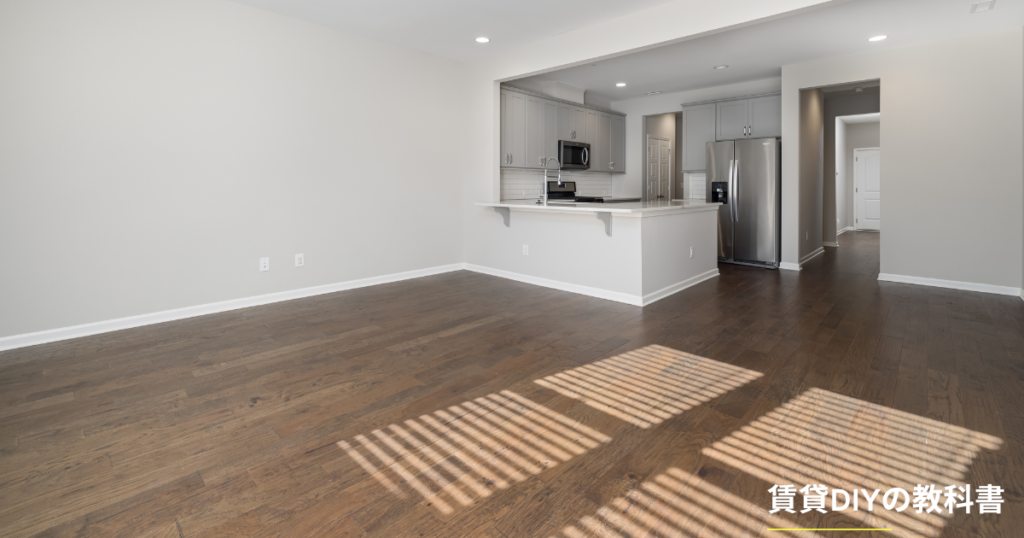
賃貸で床をDIYするって楽しそうですよね。でも、いくつか気をつけるべきポイントがあります。
原状回復義務
賃貸用の床材って、跡が残らないテープを使ったり、直接置いたりするだけなので、元の床を傷つけるリスクは低いんです。でも、扱いが雑だと、設置時や剥がすときに傷をつけちゃう可能性があるので注意が必要です。
それから、湿気でカビが生えたり、腐ったりする可能性もああります。
特に、クッションフロアなんかの塩ビ素材は通気性があまり良くないので、元の床との間に隙間があると湿気でカビが生えやすくなるでしょう。
対策として、防湿シートを敷くとか、時々はがして乾かすといったお手入れをするのがおすすめです。
重ね張り(上張り)できる床材を選ぼう
賃貸の床をDIYする場合、今ある床を剥がすのはNGです。だから、重ね張り(上張り)できる床材を選ぶ必要があります。元の床を剥がしたりすると、退去のときに原状回復費用がバカ高くなっちゃうんです。これは要注意ですよ。
重ね張りできる床材には、きれいに剥がせるフロアタイルやクッションフロア、敷くだけでOKなウッドカーペットやジョイントマットなんかがあります。これらなら安心して使えますね。
退去時のゴミ処理費用
部屋の一部分だけをDIYするなら、あとの処分も簡単です。でも、部屋全体に床材を敷き詰めちゃうと、退去時に粗大ゴミの処分費用がかかることがあるんです。
分解できる床材なら、普通のゴミとして捨てられる場合もあります。ただ、DIY用の床材には塩ビ製のものもあって、大きさが30cm以上のものが多いんです。これが粗大ゴミや産業廃棄物扱いになる可能性があるので要注意です。
ゴミの分別方法は地域によって違うので、迷ったらゴミ処理センターや役所に聞いてみるのが一番確実です。中には家庭ゴミとして出せない床材もあるので、買うときに処分方法もチェックしておくといいですよ。
賃貸物件で床を変えるときの費用と相場
フローリングの張り替えって、けっこうお金がかかるんですよね。
賃貸で元の床を剥がした大規模な張替えを行う場合、誰がどれくらい払うのか、ちょっと複雑になります。一方で、原状回復を前提とした張替えの場合は借主が全額負担です。
張り替え費用の相場
| 張替対象 | 費用相場 |
|---|---|
| 床だけ | 10万円~ |
| 1部屋 | 20万円~ |
| 2部屋 | 28万円~ |
| 3部屋 | 36万円~ |
賃貸物件のワンルームでフローリングを張り替える場合、だいたい10〜20万円くらいかかります。これには作業費、材料費、交通費が含まれています。
でも、おしゃれなデザイナーズ物件とか、リノベーション物件だと、もっとかかることもあります。特殊な材料や工法を使っているからですね。
トラブル防止のため、契約するときに修理の単価を確認しておくのがおすすめです。大変です。できるだけ丁寧に使って、必要以上に傷をつけないようにするのが一番でしょう。
賃貸で床を変えたい方におすすめの業者
賃貸で床を変えたい方向けに、おすすめの業者をご紹介します!
renovy(もどせるリフォーム)
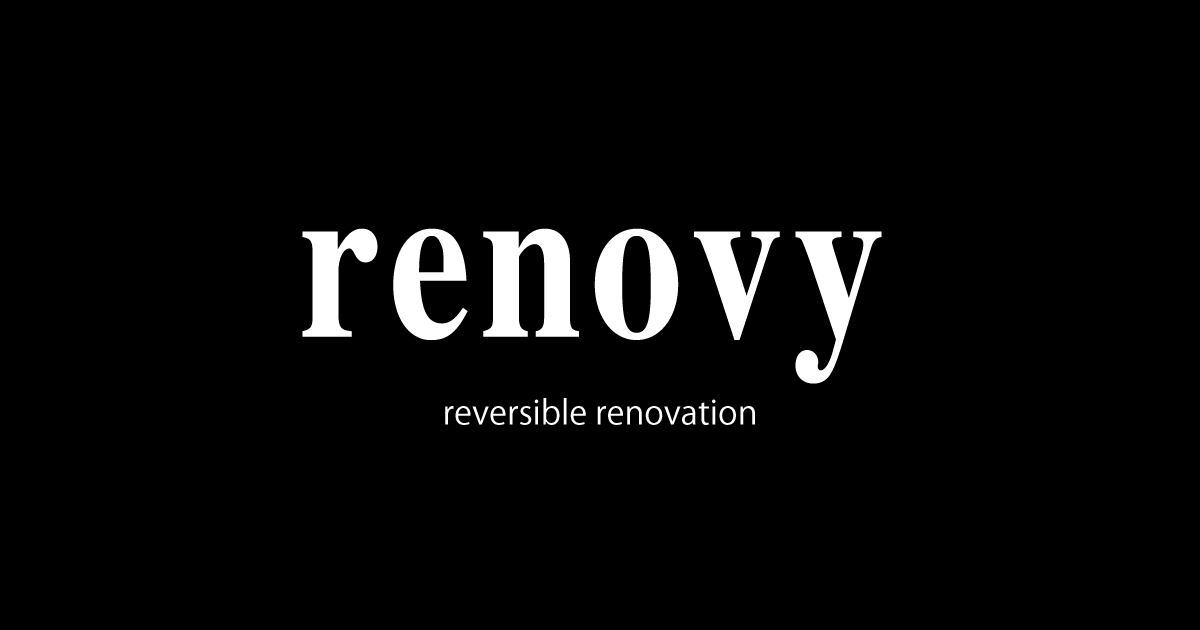
REUM(賃貸でも自由に模様替え)
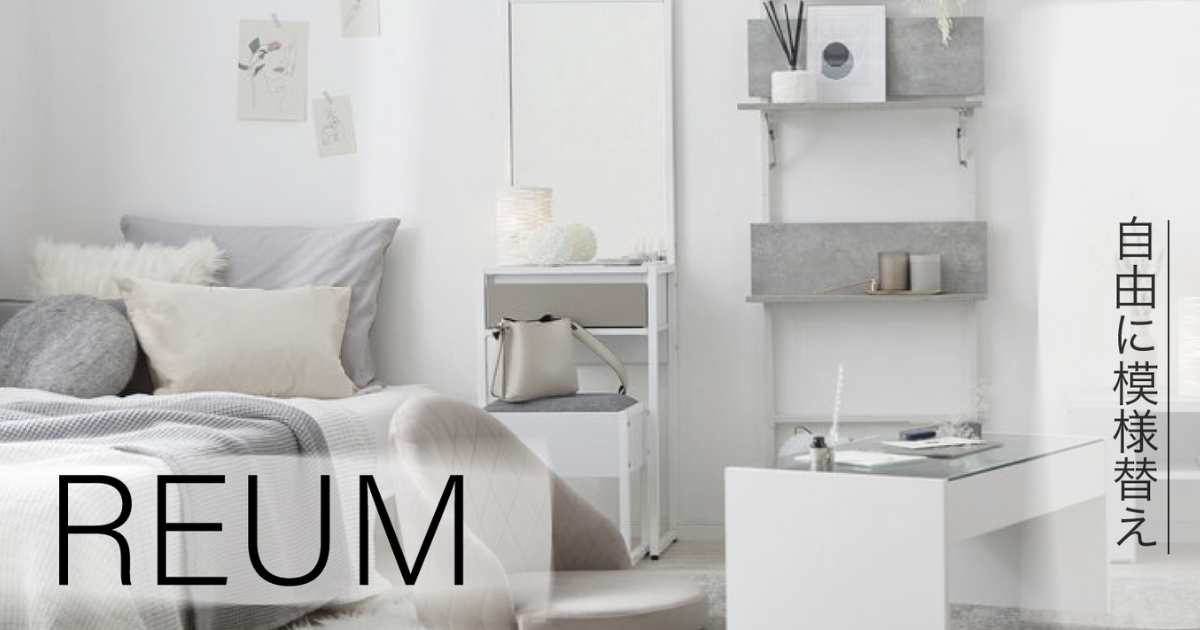
ペットリフォーム研究所
まとめ
この記事では、賃貸物件での床の扱いについて幅広く見てきました。床の色が合わない、傷んでしまったなど、様々な悩みに対する解決策をご紹介しました。
また、DIYで床を変える方法として、クッションフロアやフロアタイルを紹介しました。それぞれの特徴や注意点を押さえることで、賢く選べるはずです。
床を変えたい!と思った場合でも、賃貸だからといって諦める必要はありません。
ただし、むやみに手を加えるのは避けましょう。大家さんや不動産屋さんとよく相談し、ルールを守りながら自分らしい空間づくりを楽しんでください。
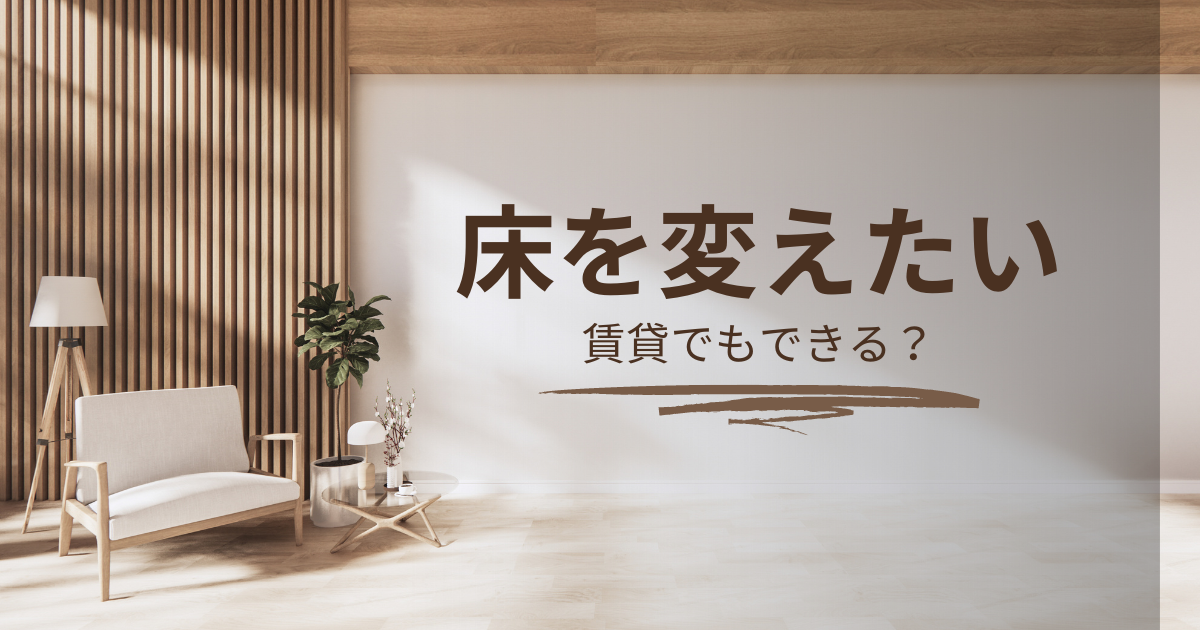
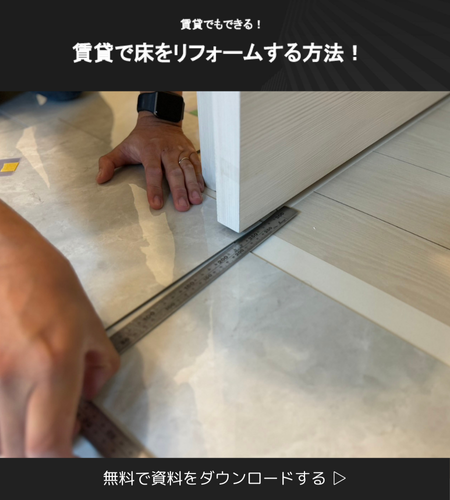
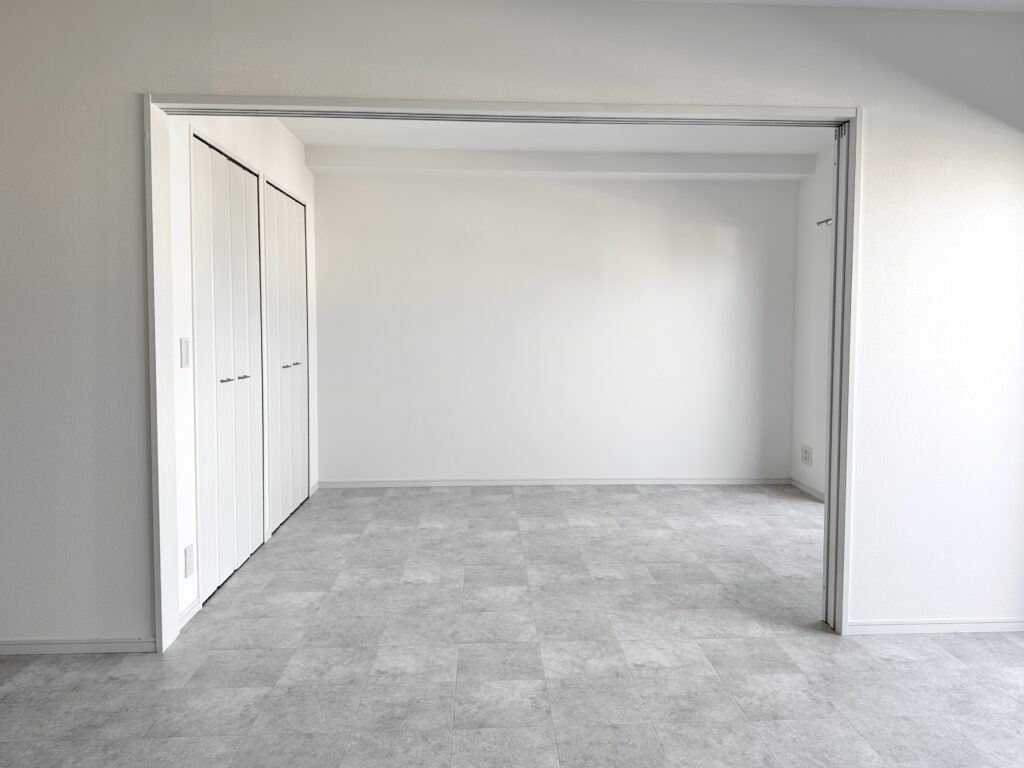
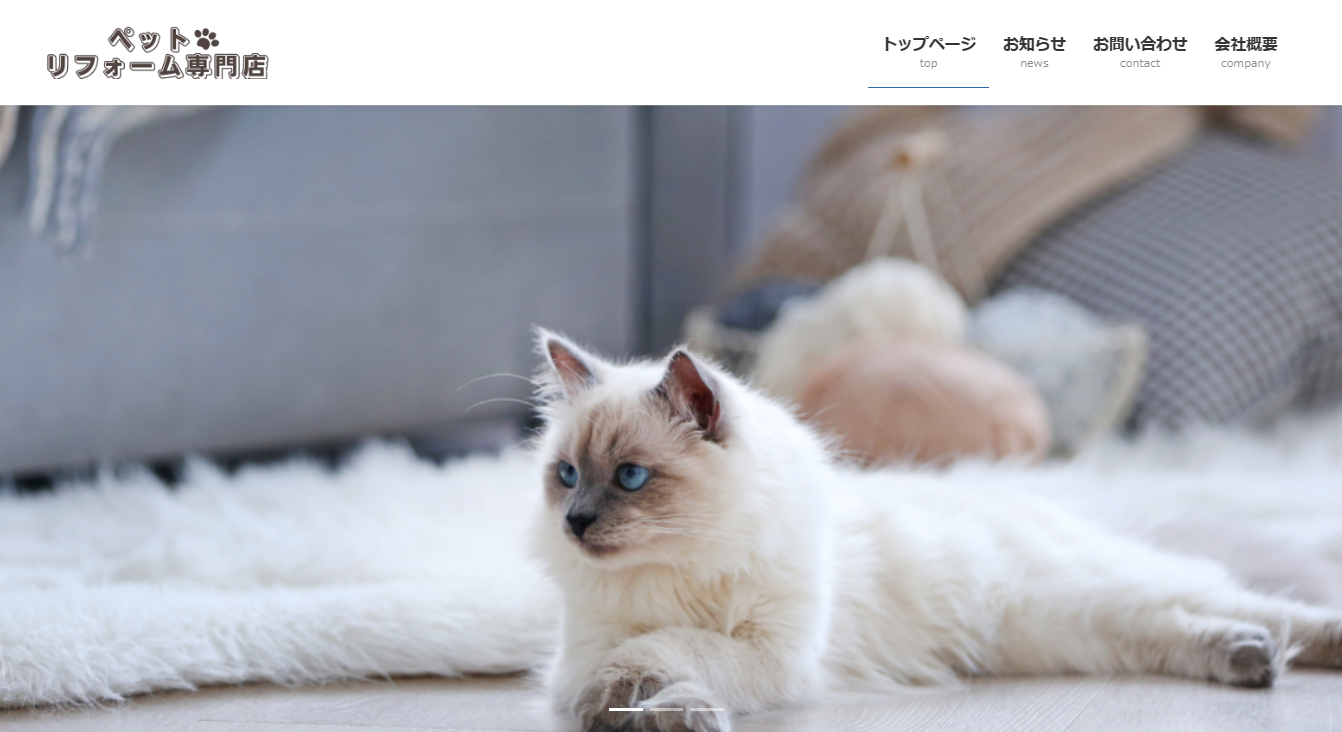





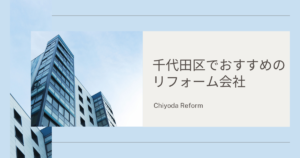
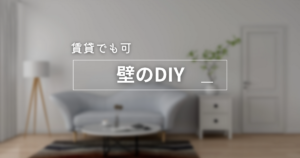

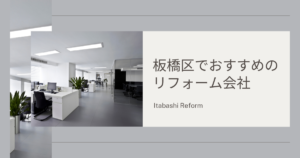
コメント